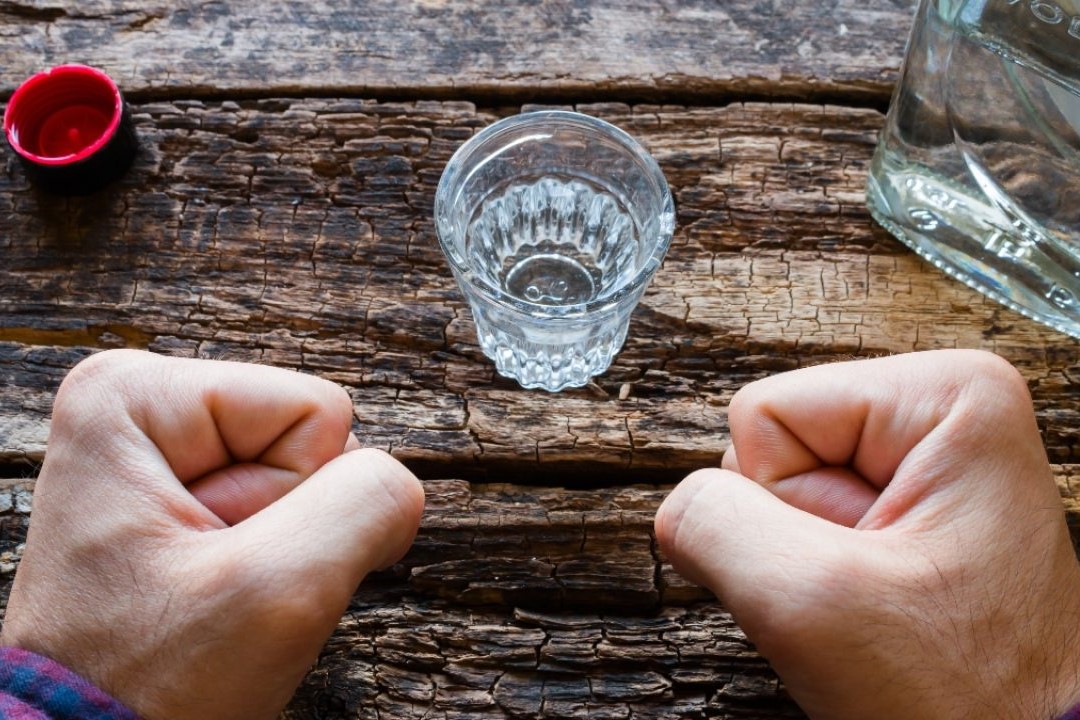
Craving: desire and imagination
Craving is a term that refers to the compulsive desire for a psychoactive substance/behaviour (e.g. gambling), is among the diagnostic criteria for substance use disorder (DSM V) and is a central factor in the maintenance of addiction
Craving: what kind of experience is it?
A recent Swedish qualitative study (2022) analysed the experience of craving in a sample of 21 people, of whom 10 had an alcohol use disorder and 11 were diagnosed with pathological gambling (GAP).
Through a semi-structured interview, an attempt was made to gain a more precise understanding of the patients’ experience and specifically the following elements characterising craving were explored: mode of thought (imaginative or verbal); content; coping strategies; context.
Results of the craving study
Thematic analysis showed that craving is initially supported by imagery relating to preparatory rituals and anticipation of the perceptual sensations associated with the use of the substance or the addictive behaviour.
Some subjects, on the other hand, describe craving as a symptom of an illness and cope with it (coping) through distraction, remembering the negative consequences of the desired behaviour or avoiding the stimuli associated with the behaviour (stimulus control strategies).
The contexts imagined during the craving experience are typical places where gambling takes place or alcoholic beverages are accessed and both positive and negative emotions are experienced.
In particular, alcohol craving is described as the expectation of relief from a negative internal stimulus, such as stress or anxiety, while gambling craving is more associated with the expectation of obtaining a reward.
In conclusion, the craving experience is largely characterised by mental images related to the routine actions that characterise addictive behaviour and the outcomes that the individual expects to obtain after using the substance or gambling.
Such more detailed knowledge of craving may be helpful in better understanding the individual’s experience and more effectively setting up the treatment plan.
References
Månsson, V. et al (2022), “I see myself”: Craving imagery among individuals with addictive disorders”, Journal of Addictive Diseases
Read Also:
Emergency Live Even More…Live: Download The New Free App Of Your Newspaper For IOS And Android
Obsessive-Compulsive Personality Disorder: Causes, Symptoms, Diagnosis, Therapy, Medication
Obsessive-Compulsive Personality Disorder: Psychotherapy, Medication
What Is Lima Syndrome? What Distinguishes It From The Well-Known Stockholm Syndrome?
What Is OCD (Obsessive Compulsive Disorder)?
Earthquake And Loss Of Control: Psychologist Explains The Psychological Risks Of An Earthquake
Affective Disorders: Mania And Depression
ALGEE: Discovering Mental Health First Aid Together
Rescuing A Patient With Mental Health Problems: The ALGEE Protocol
Basic Psychological Support (BPS) In Panic Attacks And Acute Anxiety
What Is Postpartum Depression?
How To Recognise Depression? The Three A Rule: Asthenia, Apathy And Anhedonia
Postpartum Depression: How To Recognise The First Symptoms And Overcome It
Postpartum Psychosis: Knowing It To Know How To Deal With It
Schizophrenia: What It Is And What The Symptoms Are
Childbirth And Emergency: Postpartum Complications
Intermittent Explosive Disorder (IED): What It Is And How To Treat It
Baby Blues, What It Is And Why It Is Different From Postpartum Depression
Depression In The Elderly: Causes, Symptoms And Treatment
Reactive Depression: What It Is, Symptoms And Treatments For Situational Depression


